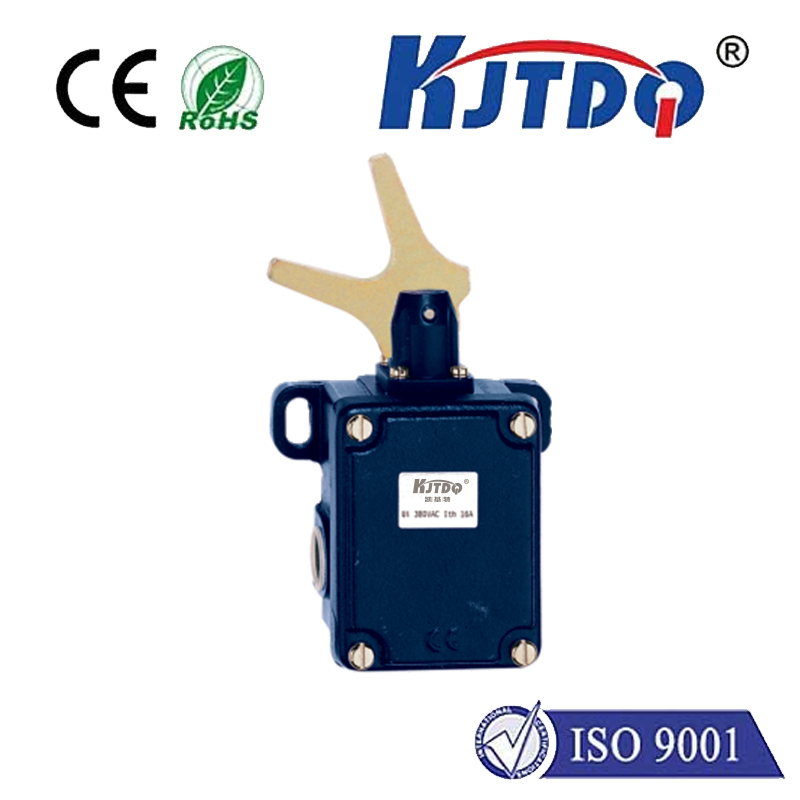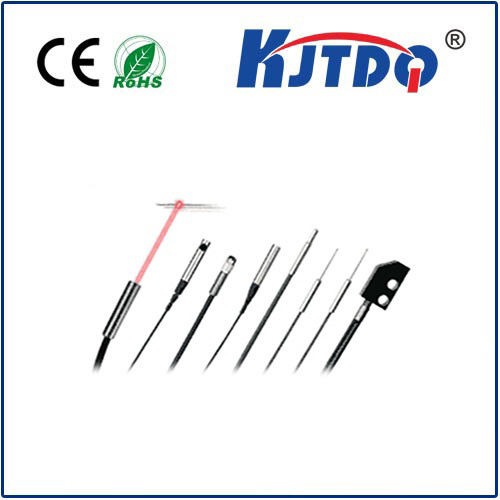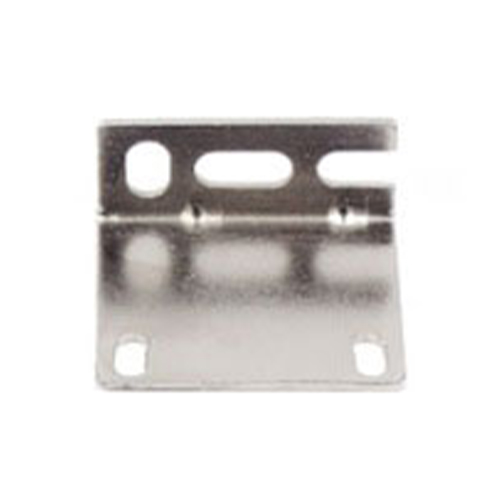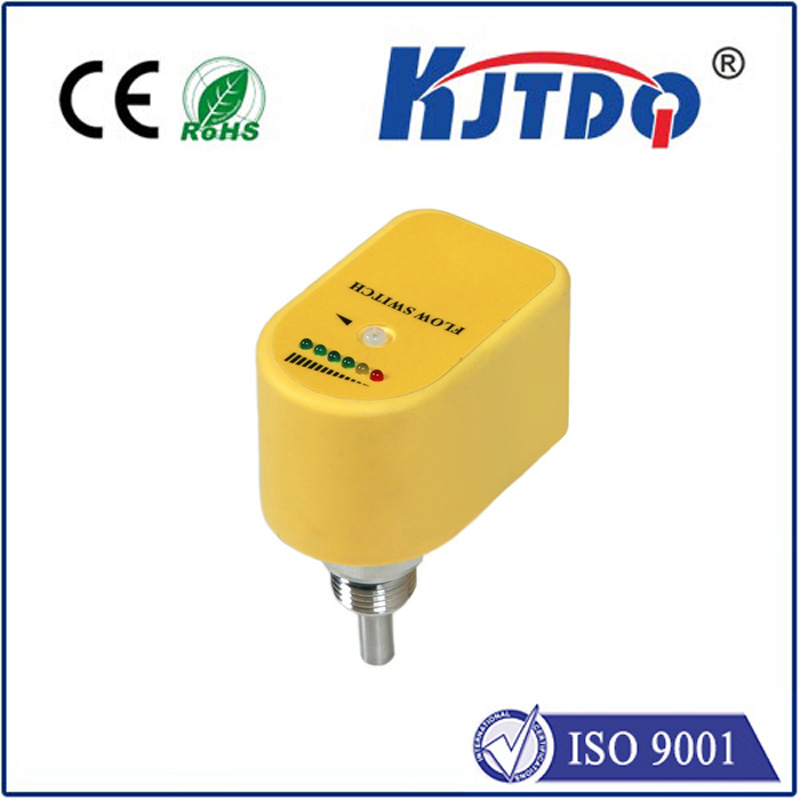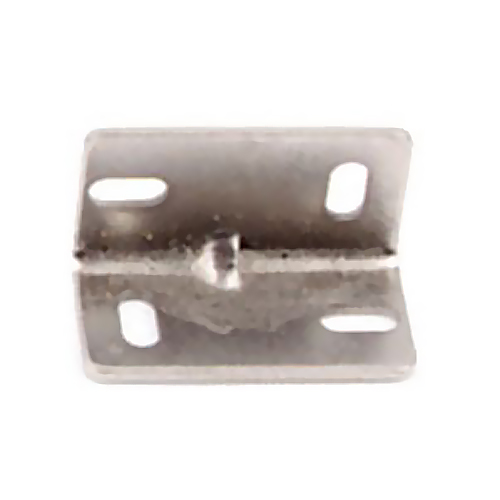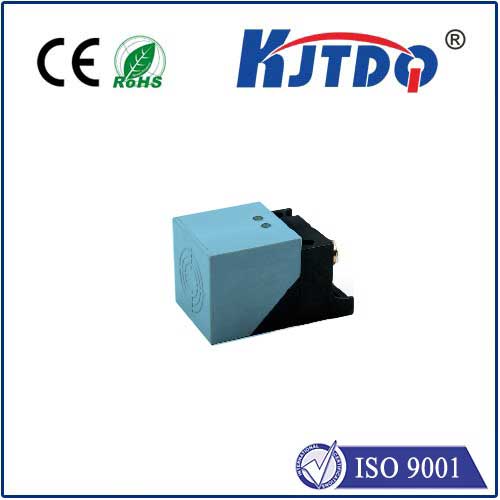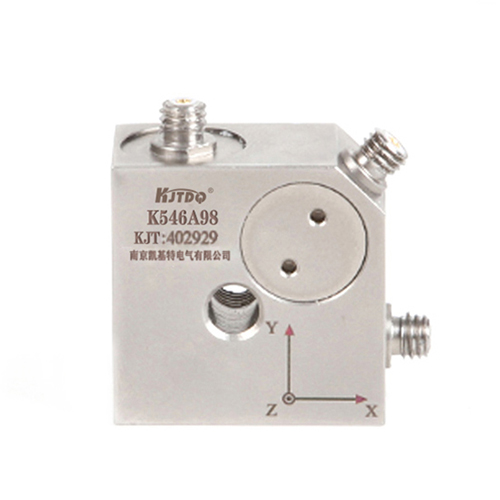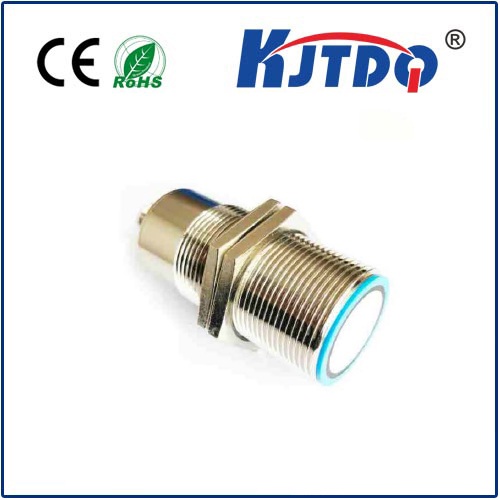E3T-SR44-C 2M fiber optic photoelectric sensor
- time:2025-09-27 07:55:04
- Click:0
E3T-SR44-C: Your Precision Ally in Industrial Sensing with 2M Fiber Optics
Ever struggled with reliably detecting minuscule components hidden deep inside machinery? Battled constantly with false triggers caused by ambient light, electrical noise, or vibrations in harsh factory environments? If precise, unwavering detection in cramped, challenging spaces feels like an uphill battle, you’re not alone. Welcome the E3T-SR44-C 2M fiber optic photoelectric sensor – a specialized tool designed explicitly to conquer these precise sensing dilemmas where conventional sensors falter.
Understanding the E3T-SR44-C: Fiber Optics for Enhanced Precision
At its core, the E3T-SR44-C is a type of amplifier-separated photoelectric sensor. This means the core logic and power handling reside in a separate amplifier unit (often mounted conveniently on a control panel or DIN rail), connected via a dedicated cable to the sensing head. Crucially, this sensing head utilizes fiber optic cables. The “2M” designation clearly indicates the cable length is 2 meters, offering significant flexibility in mounting the sensing point remotely from the amplifier.
But why fiber optics? This technology is the key differentiator. Instead of placing bulky electronic components directly at the detection point, fiber optic sensors transmit light to and from the target area through thin, flexible optical fibers. This brings several decisive advantages:
- Extreme Miniaturization: The sensing head itself can be exceptionally small (the E3T-SR44-C head is remarkably compact), enabling it to fit into spaces utterly inaccessible to standard photoelectric sensors.
- Superior Resistance to Interference: Fiber optics are inherently immune to electromagnetic interference (EMI), radio frequency interference (RFI), and electrical noise, which plague electrical wiring in industrial settings. They are also highly resistant to vibration.
- Enhanced Performance in Challenging Environments: Fiber optics are unaffected by surrounding electrical noise and can operate reliably in the presence of oils, coolants, chemicals (compatibility dependent), and other contaminants that might damage conventional sensors or distort light paths.
- Heat Isolation: The sensing point itself generates no heat, making it safe for use near heat-sensitive materials or components.
Decoding “Photoelectric”: How It Spots the Invisible

Photoelectric sensors work by emitting a beam of light (often infrared IR, visible red, or laser) and detecting changes in the received light intensity caused by the presence or absence of a target object. The E3T-SR44-C specifically employs a Through-beam (E3T-SR) principle. This involves two separate components:
- Emitter Unit (E3T-SR44-C): This sensing head contains the optical fiber tip that projects the light beam.
- Separate Receiver Unit: A corresponding receiver sensing head (like the complementary model) catches the light beam sent by the emitter.
Detection occurs when an object physically blocks the light beam path between the emitter and receiver. The reliability and integrity of this optical signal path are paramount, which is precisely where the fiber optic connection excels.
The Critical Role of the 2-Meter Cable
The 2M fiber optic cable length is a significant practical feature. It provides ample reach to:
- Position the Compact Sensing Head Precisely: Snake the sensing tip deep into assembly fixtures, inside small enclosures, or close to moving parts where space is at a premium.
- Mount the Amplifier Remotely: Keep the amplifier and its adjustment dials/settings in a clean, accessible location, away from potential physical damage, excessive heat, or difficult-to-reach spots.
- Simplify Installation and Maintenance: The flexible cable routes easily through cable carriers or tight spaces, facilitating cleaner machine builds and quicker component replacements focusing only on the tiny sensing tip.
Why Choose the E3T-SR44-C for Your Application?
This sensor shines brightest in demanding scenarios where precision, reliability, and resilience are non-negotiable:
- Detection of Ultra-Small Objects: Its tiny sensing tip is ideal for spotting miniature components like electronic chips, watch gears, micro-fasteners, or fine wires that larger sensors simply cannot resolve.
- Operation in Cramped Spaces: Need detection inside a robot gripper, within a narrow part chute, or adjacent to a complex mold? The compact form factor of the E3T-SR44-C head makes it uniquely suited.
- Harsh Electrical Environments: Factories buzzing with motors, welders, and drives generate immense electrical noise. The inherent EMI/RFI immunity provided by the fiber optic link ensures unwavering, interference-free operation where other sensors might false trigger or malfunction.
- Dirty or Wet Conditions: While physical protection matters, the optical nature means contaminants don’t interfere with the sensor’s internal electronics, as they are safely housed away in the amplifier.
- High-Speed Detection: Fiber optic photoelectric sensors generally offer rapid response times, making the E3T-SR44-C suitable for high-throughput production lines monitoring fast-moving small parts.
Key Applications Leveraging the E3T-SR44-C
This sensor is a workhorse in countless precision automation tasks:
- Electronics Manufacturing: Verifying placement of tiny SMD components, detecting minuscule connectors, or ensuring pins are present on circuit boards.
- Small Parts Assembly: Confirming presence/absence of miniature screws, springs, bearings, or medical device components within tight assembly jigs.
- Packaging & Filling: Checking for micro-capsules, small tablets, or fine powders in blister packs or vials, often in dusty or noisy environments.
- Textile & Fiber Production: Detecting broken threads or monitoring fiber position precisely on looms or spinning machines.
- General Automation: Any application requiring reliable object detection where space is severely limited, electrical noise is high, or the target is exceptionally small.
Ensuring Peak Performance: Selection & Implementation Tips
To maximize the benefits of your fiber optic photoelectric sensor:
- Match the Fiber Type: Ensure the emitter and receiver units are paired correctly (like the E3T-SR44-C emitter needs its corresponding receiver).
- Choose Fiber Diameter Wisely: Smaller fiber cores provide finer resolution for tiny targets but transmit less light over longer distances. The E3T-SR44-C uses a specific fiber optimized for its performance. Consider upgradeable options like E3X-DA-S if future flexibility is needed.
- Precise Alignment is Paramount: Especially for through-beam types (like the SR series), meticulous alignment between the emitter and receiver fibers is crucial for reliable operation – jigs or holders are often essential.
- Consider Environmental Protection: While the fiber tip is tough, ensure it’s positioned where physical impact or excessive contamination buildup won’t occur. Protective sleeves or mounting brackets (like E39-R1) might be necessary depending on the application.
- Leverage Amplifier Features: Choose an amplifier unit with suitable output types (NPN/PNP), adjustment features (sensitivity, timer functions), and status indicators for your integration needs. The separation ensures complex logic lives conveniently away from the harsh sensing point.
**






